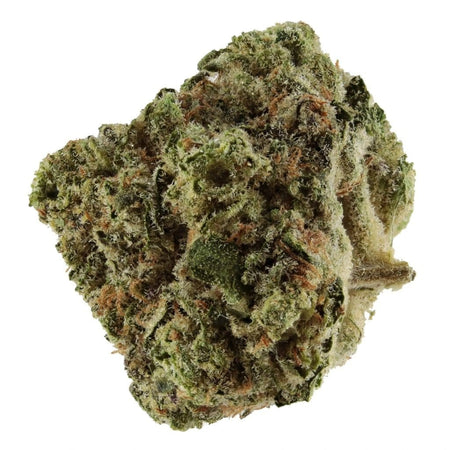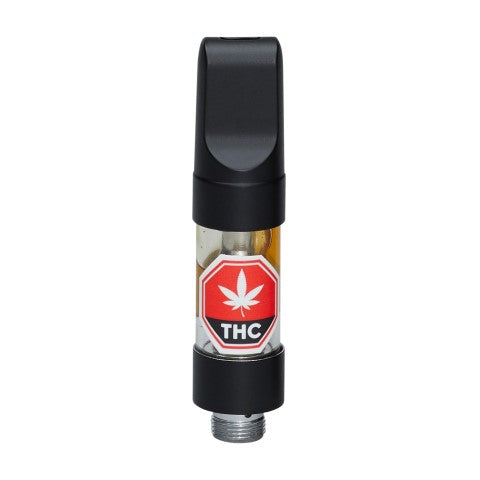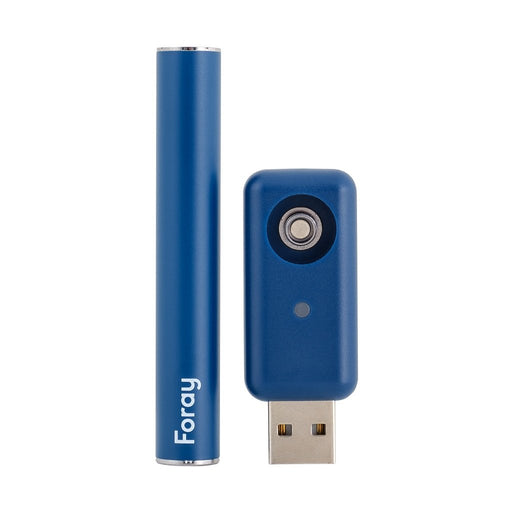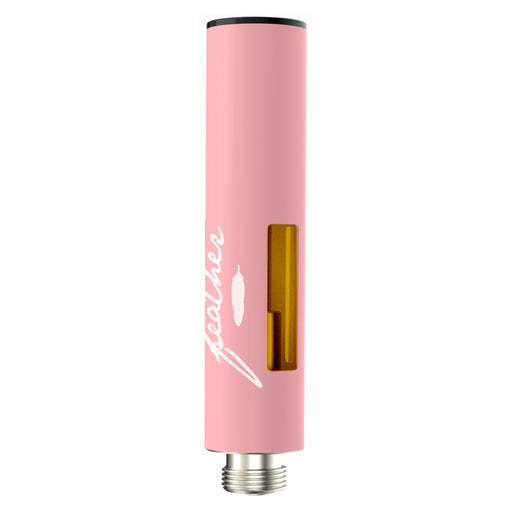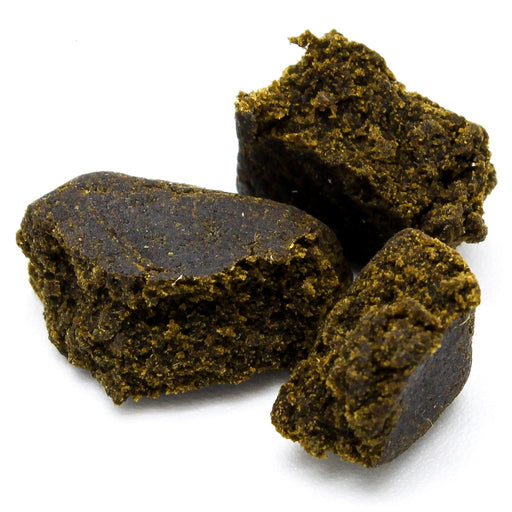Understanding the Risks and Benefits of Smoking Weed
Smoking weed, primarily through the inhalation of cannabis smoke, has been a common practice for both recreational and medicinal purposes. The psychoactive effects of tetrahydrocannabinol (THC), the main active compound in cannabis, are well-documented. These effects include euphoria, relaxation, and altered sensory perception. However, it’s essential to weigh these pleasurable experiences against potential health risks and benefits.
On the positive side, cannabis has demonstrated numerous therapeutic benefits. Studies have shown that THC can effectively alleviate chronic pain, making it a valuable option for patients suffering from conditions such as arthritis and neuropathy. Additionally, cannabis is noted for its ability to reduce anxiety and stimulate appetite, which can be particularly beneficial for individuals undergoing treatments like chemotherapy that suppress appetite and cause nausea.
Conversely, smoking weed is not without its risks. Inhaling cannabis smoke can lead to respiratory issues similar to those caused by tobacco smoke, including bronchitis and chronic cough. The combustion process releases harmful toxins and carcinogens that can damage lung tissue over time. Moreover, there are mental health concerns associated with frequent cannabis use, such as an increased risk of developing anxiety disorders, depression, and in some cases, psychosis.
Another critical aspect to consider is the potential for addiction. While cannabis is often perceived as less addictive than substances like alcohol or nicotine, dependence can occur, particularly with heavy and prolonged use. The National Institute on Drug Abuse (NIDA) estimates that about 9% of users become addicted to cannabis, with this rate increasing among those who start using it during adolescence.
Different methods of consuming cannabis can also impact how the body responds. While smoking remains the most common method, vaping and edibles offer alternatives. Vaping is often considered a healthier option because it heats cannabis to a temperature that releases THC without combustion, potentially reducing respiratory harm. Edibles, meanwhile, bypass the respiratory system entirely but come with their own set of challenges, such as delayed onset of effects and difficulty in dosing accurately.
In summary, understanding both the benefits and risks of smoking weed is crucial for making informed decisions about cannabis use. While it can offer significant therapeutic benefits, it is equally important to be aware of the potential health risks and explore alternative consumption methods to mitigate these risks.
Healthier Alternatives and Best Practices for Smoking Weed
When it comes to consuming weed, opting for healthier alternatives and adopting best practices can significantly reduce potential health risks. One of the foremost methods to consider is vaping. Vaping cannabis involves heating the herb to a temperature that releases its active compounds without burning it, thereby reducing the inhalation of harmful toxins and carcinogens. Dry herb vaporizers are particularly beneficial as they allow users to enjoy the full spectrum of cannabinoids and terpenes without combustion.
Another option is using a bong, which can help filter out some harmful substances through water filtration. This method cools down the smoke, making it less harsh on the lungs. However, it is crucial to regularly clean the bong to prevent the buildup of mold and bacteria.
Choosing high-quality cannabis is essential in minimizing health risks. It is advisable to select organically grown cannabis that is free from contaminants and pesticides. Look for reputable sources and consider lab-tested products to ensure purity and safety.
Moderation and responsible usage are key to reducing potential health complications associated with smoking weed. Avoid heavy and frequent use, and be mindful of your body’s response. Staying hydrated is also vital, as it helps maintain lung health and prevents dry mouth, a common side effect of smoking cannabis.
Additionally, it is important to avoid mixing weed with tobacco. This combination can increase the risk of respiratory issues and addiction. Stick to pure cannabis products and consider using hemp wraps or other natural alternatives if you prefer rolling your own joints.
Practical tips for a safer smoking experience include using a high-quality grinder to ensure even burning, investing in a vaporizer for a cleaner inhalation method, and incorporating regular breaks to allow your body to recover. For regular users, integrating these practices into your routine can lead to a more enjoyable and healthier cannabis experience.



